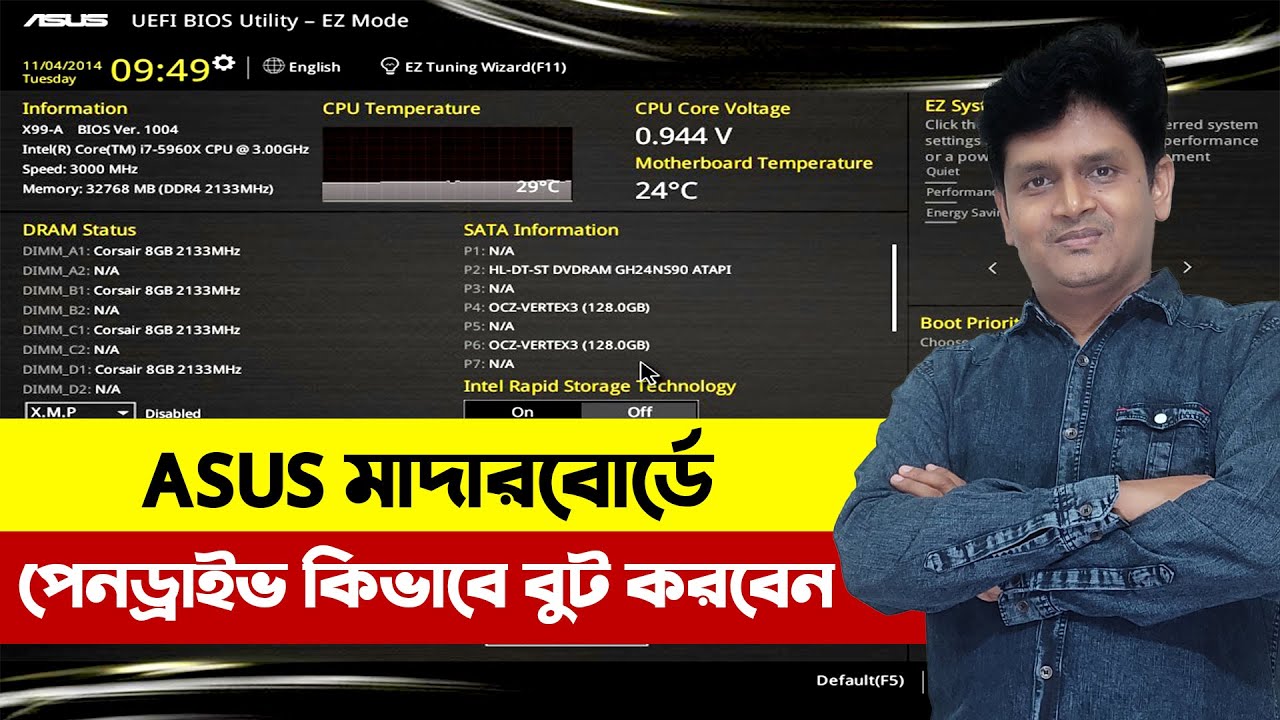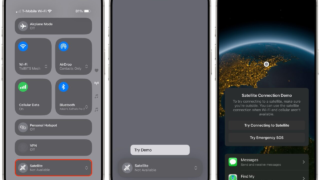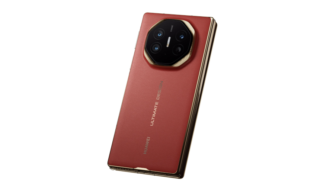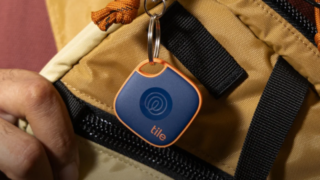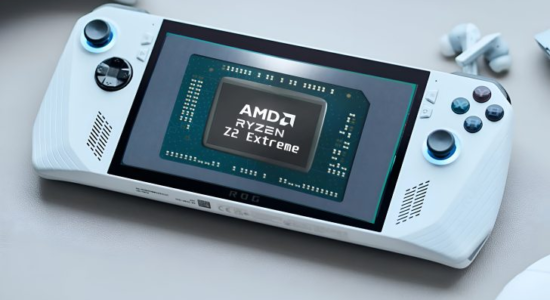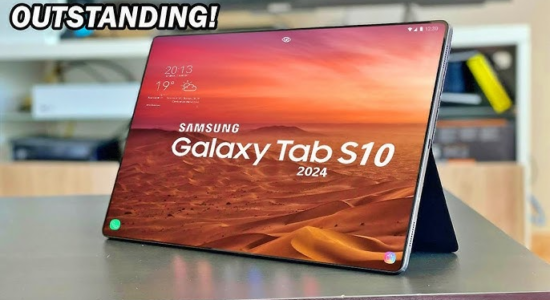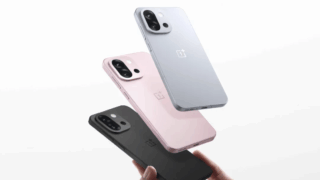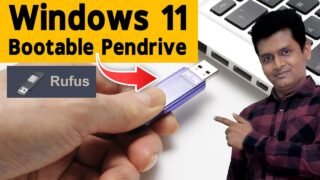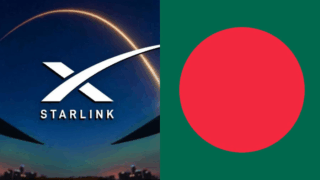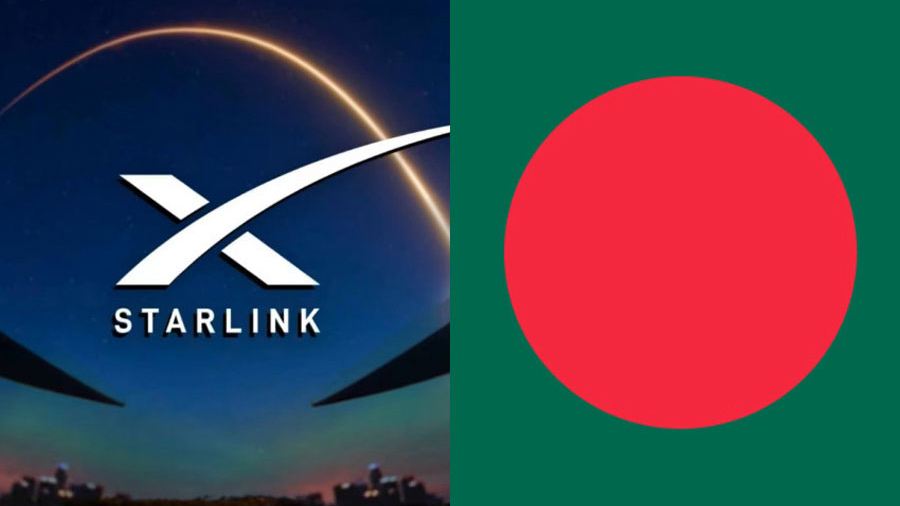
On May 28, 2025, Bangladesh witnessed a landmark event: the Starlink launch in Bangladesh, bringing high-speed satellite internet to every corner of the country. As Bangladesh pursues its vision of a “Digital Bangladesh,” robust and reliable internet is no longer a luxury—it’s a necessity. Traditional fiber and mobile networks face challenges in underserved rural zones and regions prone to natural calamities. Starlink, the SpaceX-backed satellite internet constellation, offers a game-changing solution, promising download speeds of up to 250 Mbps, latencies as low as 20 ms, and ubiquitous coverage. This post examines what this launch means for businesses, education, healthcare, and everyday users, guiding you through everything from subscription plans to installation and future prospects.
1. Overview of Satellite Internet
Satellite internet uses orbiting satellites to beam connectivity directly to ground terminals. Unlike geostationary satellites—positioned 35,786 km above Earth—Starlink employs a constellation of low-earth-orbit (LEO) satellites at approximately 550 km altitude. This proximity drastically reduces signal travel time, resulting in lower latency and faster data rates. For countries like Bangladesh, with vast coastal areas, river deltas, and remote hill tracts, satellite internet bypasses terrestrial infrastructure constraints, enabling rapid deployment and scaling.
2. About Starlink
Founded by Elon Musk’s SpaceX in 2015, Starlink aims to provide global broadband coverage via thousands of small satellites. As of May 2025, over 5,000 satellites are operational, offering stable service across North America, Europe, Asia, and now Bangladesh. Key features include:
- High Speeds: Up to 250 Mbps download and 20–40 Mbps upload.
- Low Latency: 20–40 ms—comparable to fiber.
- Portability: Users can register a Starlink terminal to any serviceable location.
- Scalability: The network auto-optimizes traffic across satellites to manage congestion.
3. The Significance of the Starlink Launch in Bangladesh
Bangladesh’s Digital Economy Strategy aims to raise ICT’s contribution to GDP from 2% in 2020 to 10% by 2025. The Starlink launch in Bangladesh accelerates this goal by:
- Bridging the Digital Divide: Providing connectivity in char lands, islands like Kuakata, and hill districts.
- Disaster Resilient: Satellite links remain functional when terrestrial networks flood or fail.
- Boosting SMEs: Enabling e-commerce and remote work in Tier-2 and Tier-3 cities.
- Enhancing Education & Healthcare: Supporting tele-classes, digital libraries, and telemedicine in underserved areas.
4. Benefits for Urban and Rural Communities
Urban Advantages
- Network Redundancy: Private and public sectors can use Starlink as a failover during fiber cuts.
- Gigabit Potential: Dense business districts can enjoy consistent high-speed connections for video conferencing, cloud services, and FinTech applications.
Rural Transformation
- Agritech & Smart Farming: Farmers access market prices, weather forecasts, and IoT-based crop monitoring.
- Distance Learning: Students in remote schools join virtual classrooms seamlessly.
- Telehealth: Real-time consultations with specialists in Dhaka greatly reduce travel costs and time.
5. Pricing and Subscription Plans
Starlink’s pricing in Bangladesh reflects localized considerations:
| Plan | Monthly Fee (BDT) | Equipment Cost (BDT) | Speeds | Data Cap |
|---|---|---|---|---|
| Residential | 9,500 | 45,000 | 50–150 Mbps | Unlimited |
| Business | 25,000 | 60,000 | 150–250 Mbps | Unlimited |
| Portability Add-On | +3,000 | — | +25 Mbps | Unlimited |
- Installation: Self-install kits include a phased-array satellite dish, mounting tripod, power supply, and Wi-Fi router.
- Payment: Subscriptions via local e-wallets (bKash, Nagad) and bank transfers.
- Promotions: Early adopters receive waived installation fees and free service for the first month.
6. How to Subscribe to Starlink in Bangladesh
- Eligibility Check: Visit Starlink’s Bangladesh portal and enter your postal code to confirm service availability.
- Order Equipment: Choose your plan, complete KYC online, and pay the upfront equipment fee.
- Shipments & Customs: Equipment ships from Malaysia; estimated delivery within 7–10 business days, with customs duties prepaid by Starlink.
- Setup & Activation:
- Unbox and mount the dish with a clear sky view.
- Plug into power and connect to the router via Ethernet.
- Use the Starlink app to align the dish and activate service.
- Enjoy download speeds up to 250 Mbps within minutes.
7. Challenges and Considerations
While transformative, satellite internet has nuances:
- Line-of-Sight Requirements: Dense foliage, tall buildings, or mountains can obstruct signals—site surveys recommended.
- Weather Impacts: Heavy rainfall may cause brief speed drops, though modern terminals auto-adjust.
- Power Dependence: Requires stable electricity; pairing with solar-battery systems is advisable in off-grid regions.
- Local Regulations: Ongoing dialogue between SpaceX and BTRC ensures compliance with licensing and spectrum management.
8. Impact on Bangladesh’s Digital Economy
- GDP Growth: McKinsey estimates a 1.5% GDP uplift for every 10% increase in broadband penetration. Starlink’s entry could add up to 0.2% directly in the first year.
- Job Creation: From local installation technicians to support staff and channel partners, new employment opportunities proliferate.
- Innovation Hubs: Cities like Sylhet and Chittagong may emerge as regional tech centers, leveraging high-speed connectivity to attract investment.
9. Expert & Community Voices
“Starlink launch in Bangladesh is a watershed moment. We can finally deliver tele-education to students in island communities,” says Dr. Farida Akhtar, Director at Digital Learning Foundation.
“Reliable connectivity means we can run our export-oriented SME smoother and tap global markets,” notes Jamal Uddin, CEO of a garment tech startup in Nilphamari.
10. Future Prospects and Expansion
SpaceX plans to expand capacity via an additional 3,000 satellites by 2026. Collaborations with local ISPs could enable hybrid networks, combining fiber backhaul with Starlink for last-mile coverage. Government partnerships aim to integrate Starlink into national emergency response systems, ensuring seamless communication during cyclones and floods.
Conclusion
The Starlink launch in Bangladesh represents more than a technological milestone—it’s a catalyst for socioeconomic transformation. By delivering high-speed, low-latency internet where traditional networks falter, Starlink empowers education, healthcare, commerce, and innovation across urban and rural landscapes alike. As Bangladesh strides towards its Digital Bangladesh vision, satellite broadband will play an indispensable role in leveling the playing field, fostering inclusive growth, and positioning the nation on the global digital map. To join this revolution, check your eligibility today and be among the first to experience truly borderless connectivity.

